Margaret Roper was born in October 1505 and grew up to be a highly intelligent, well educated and knowledgeable woman, this was due as much to her willingness to learn as it was her father educating her to a standard very rare for a girl of this time. She studied Latin and Greek and read astronomy, philosophy, theology, geometry, and arithmetic.
Affectionately called Meg by her father, she was the favourite of all his children, he carried letters from her when he travelled, proudly reading them out loud to his friends. She had married in 1521 and lived in her fathers house with her husband William Roper, whose interest in the teaching of Martin Luther, caused friction within the household. When Margaret's became pregnant, More said
'if it be a girl' then it should make up for the inferiority of her sex by her zeal to imitate her mother's virtue and learning’.
Twelve years later Thomas More was arrested for his refusal to support the King's annulment and take the Oath of Supremacy, being found guilty the date of his execution was set for the 6 July 1535. Margaret was allowed to visit him whilst he was in the tower, but no one really knows what was said between the two of them.
Margaret's husband, who wrote a biography of More ten years after the her death, never mentions any dialogue between father and daughter during his time in the Tower of London.
Margaret struggled with her feelings whilst More was incarcerated and is said to have 'pushed through the crowd and the guard, embraced her father, and asked his blessing.' whilst he walked to the scaffold.
Margaret lasted only nine years without her father, dying in 1544.
Margaret Roper work such as The Four Last Thynges and her 1523 translations of Erasmus's works are lost, only a few of her letters remain.
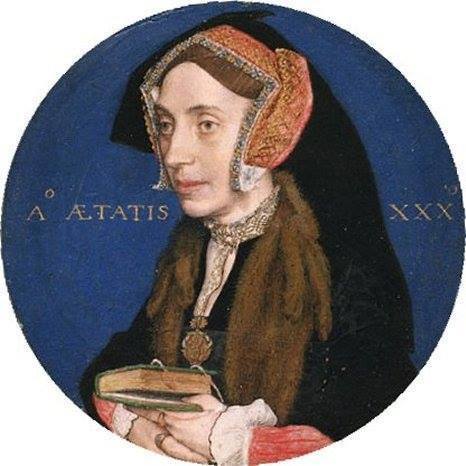
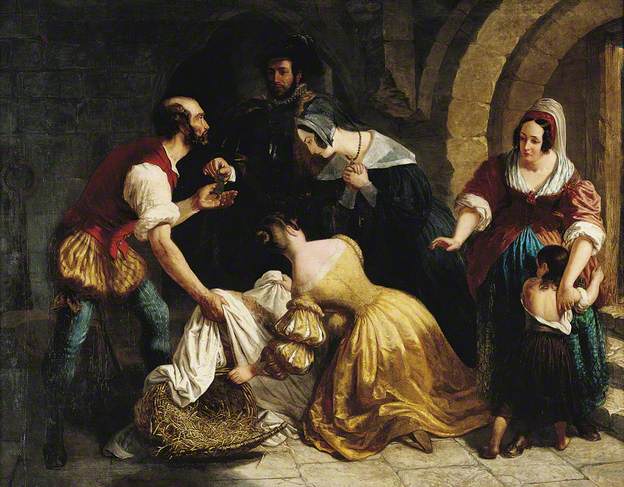


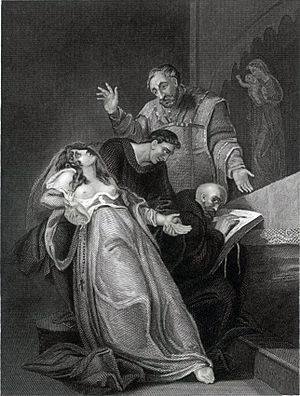
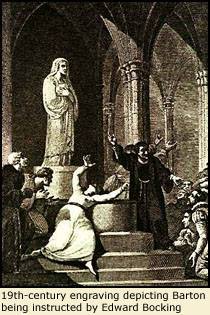

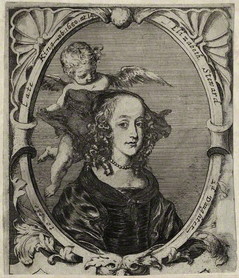
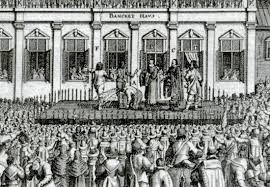
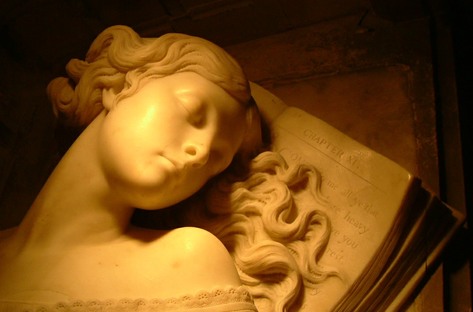
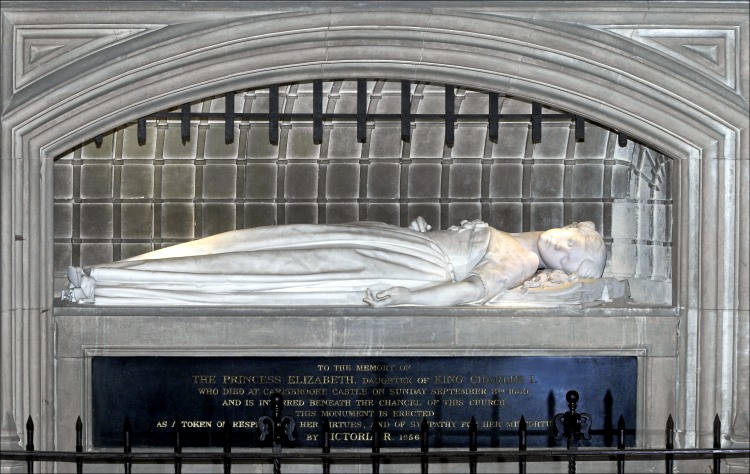
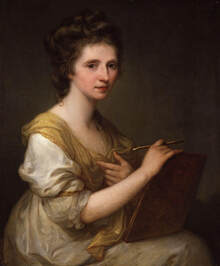
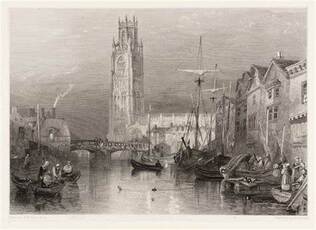
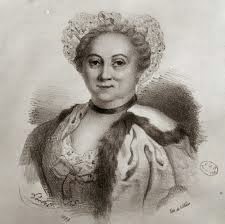
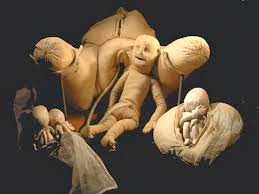

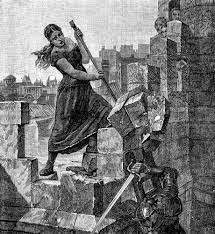

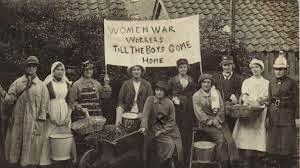

 RSS Feed
RSS Feed
